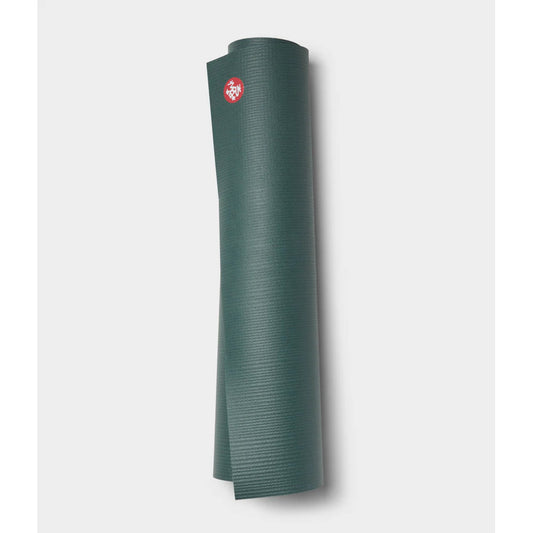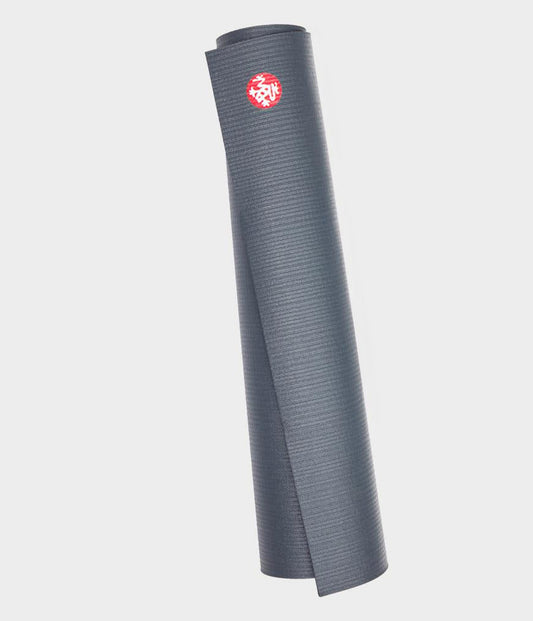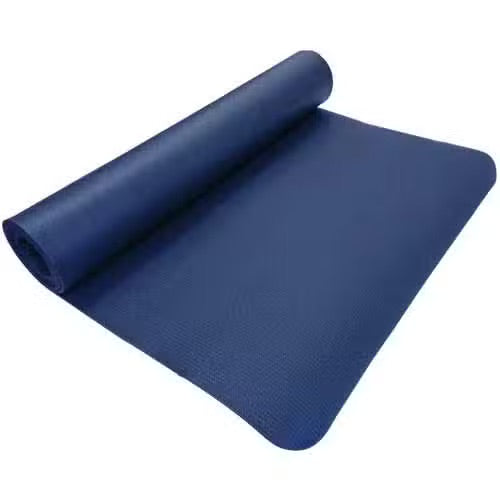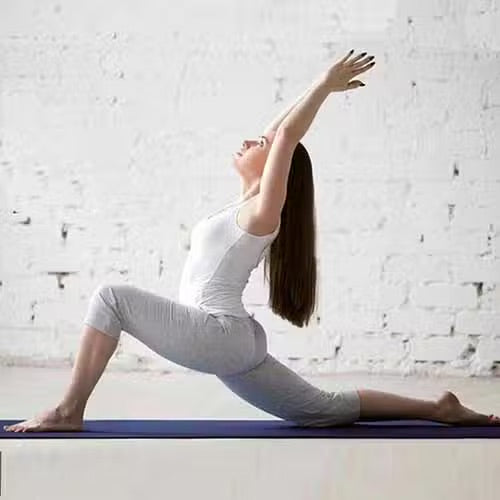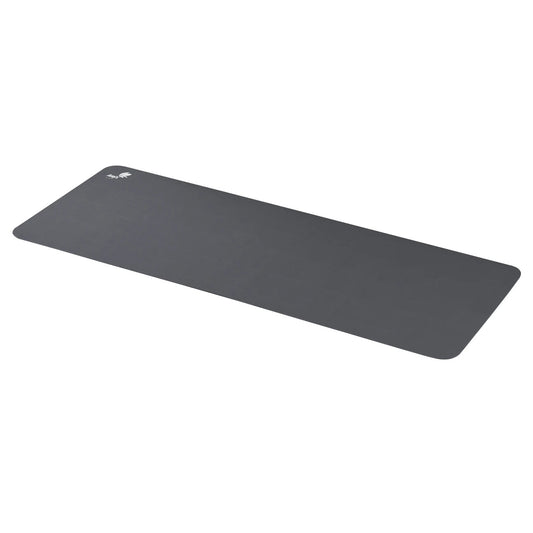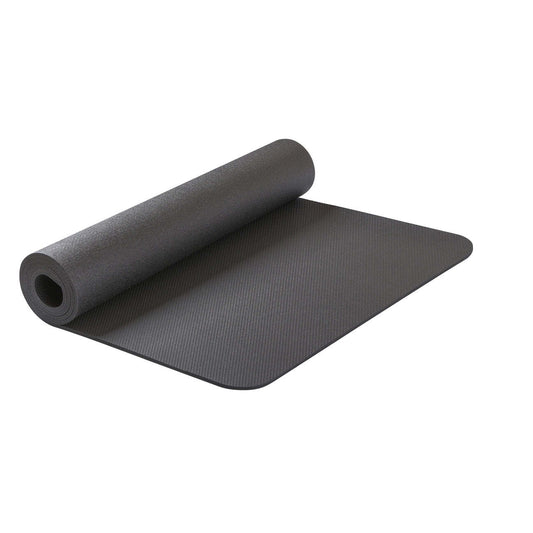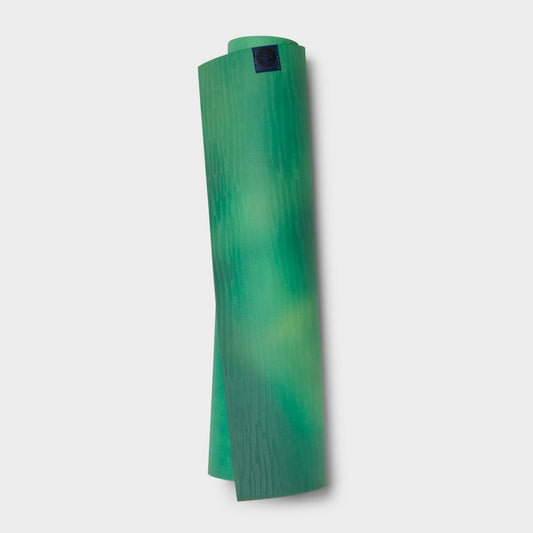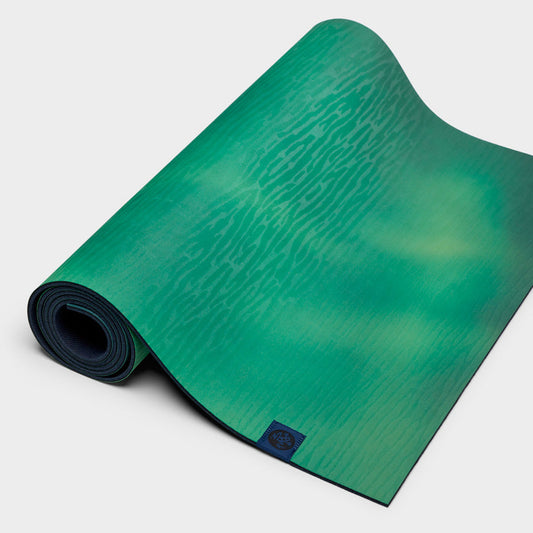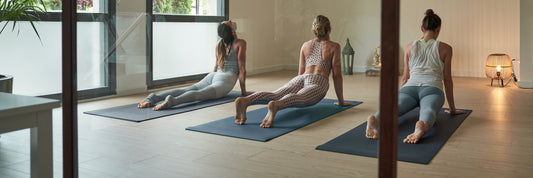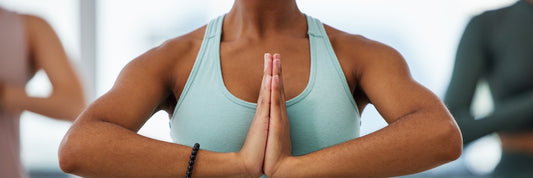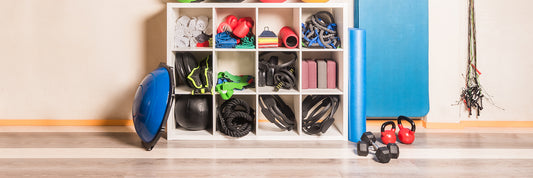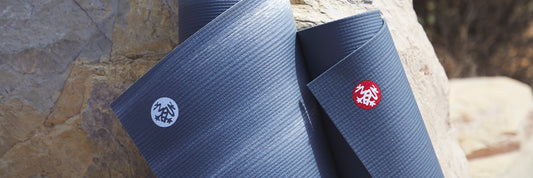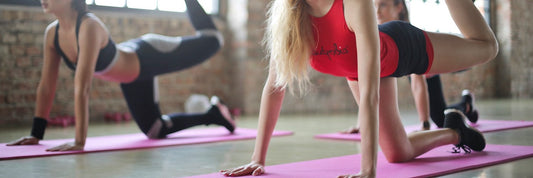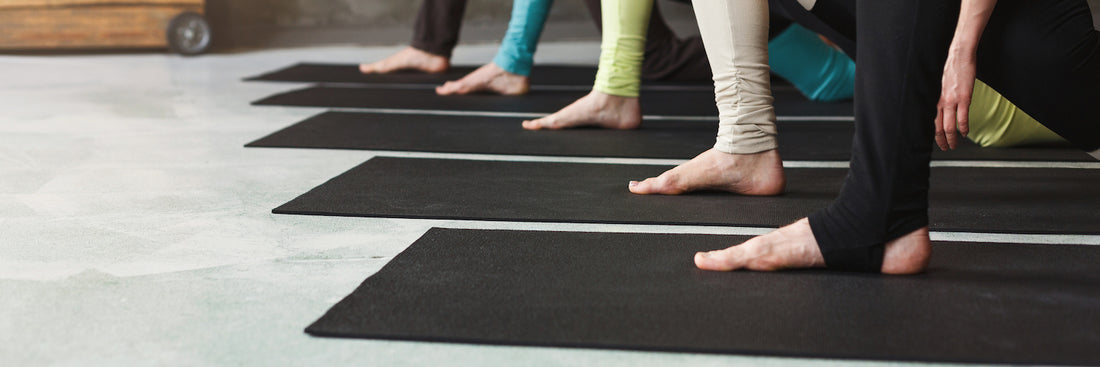
Yoga Mat Safety: Preventing Common Injuries and Discomfort
In the world of wellness and fitness, yoga stands out as a practice that not only enhances flexibility and strength but also promotes mental tranquility and focus. However, like any physical activity, yoga comes with its risks if not practiced with care. One key aspect often overlooked is the safety concerning the use of yoga mats. **Yoga mat safety** is crucial to avoid common injuries and discomfort that can arise during your practice. This article will delve into expert tips to ensure your yoga journey is both enriching and safe.
Choosing the Right Yoga Mat
The foundation of yoga mat safety begins with selecting the right mat. Not all mats are created equal, and the wrong type can increase your risk of slipping, which can lead to strains or falls. Here’s what to consider:
- Material: Opt for mats made from non-slip, eco-friendly materials that provide a good grip even when you're sweating. Materials like natural rubber or TPE (Thermoplastic Elastomers) are often recommended for their excellent balance of grip and comfort.
- Thickness: A mat that’s too thin can cause discomfort, especially on hard surfaces. Conversely, a mat that's too thick may impair your stability. A thickness of around 4-6 mm is generally ideal for most practitioners.
- Texture: The surface texture of a yoga mat can also affect your safety. Mats with a slightly raised texture offer better grip and help prevent slipping during poses.
Maintaining Your Yoga Mat
Proper maintenance of your yoga mat not only extends its life but also ensures it remains safe to use. Here are some tips for keeping your mat in top condition:
- Regular Cleaning: Sweat and oils can build up on your mat, reducing its grip. Clean your mat regularly with a gentle, natural cleaner and allow it to dry completely before rolling it up.
- Storage: Store your yoga mat in a cool, dry place away from direct sunlight. UV rays can degrade the material over time, affecting its texture and grip.
Practicing Safely on Your Yoga Mat
With the right mat underfoot, the next step is to ensure your practice is as safe as possible. Here are some practical tips:
- Warm-Up: Always start your yoga session with a gentle warm-up to prepare your body. This can help prevent muscle strains and injuries.
- Be Mindful of Alignment: Pay close attention to your body's alignment in each pose. Misalignment can lead to unnecessary strain on your joints and muscles, increasing the risk of injury.
- Listen to Your Body: Yoga is not about pushing yourself to the point of pain. If you feel discomfort or pain, ease out of the pose. Using props like blocks or straps can help modify poses to your current level of flexibility and strength.
- Avoid Slippery Surfaces: Place your yoga mat on a stable, non-slip surface. Practicing on a slippery floor can lead to falls, especially in more dynamic or balance-focused poses.
Adapting Your Practice for Safety
- Use Props: Don’t hesitate to use yoga props to maintain balance and alignment, especially in challenging poses.
- Modify Poses as Needed: Adapt poses according to your body’s limitations. Yoga is a personal journey, and forcing your body into poses it's not ready for can lead to injuries.
Yoga mat safety is an essential aspect of your practice that should not be overlooked. By choosing the right yoga mat, maintaining it properly, and practicing mindfully, you can significantly reduce the risk of common injuries and discomfort. Remember, yoga is about harmony between body and mind. Ensuring the safety of your physical practice with a reliable yoga mat is a step towards achieving this balance, allowing you to fully embrace the benefits of yoga with peace of mind and body.


